Good governance practices don’t get the credit they deserve. They are the unsexy, unsung heroes of stakeholder-driven business practices. Here’s a turnaround tale that illustrates just how valuable they can be for a mission-driven company.
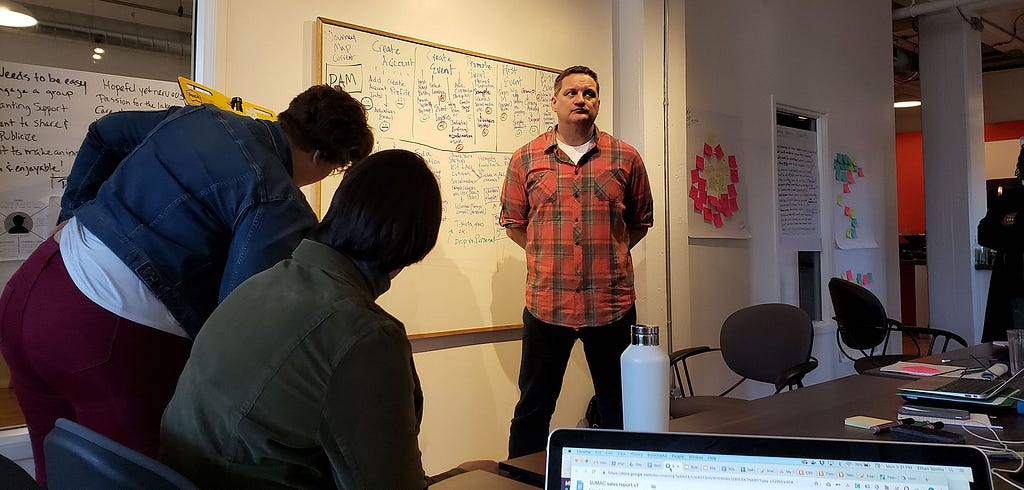
It was late April 2016 and I’d just heard the words that strike dread into any small business owner’s heart: “We can’t make payroll.”
After 18 years in business (five of them as a Certified B Corporation), a series of what were, in hindsight, bad decisions and poor timing threw my digital agency Mightybytes into an existential crisis. We had weathered economic downturns before, but this was different. The company had tripled in size over just a few years. We were deeper in debt than ever. Projects regularly went over budget, largely because clients were over-serviced relative to our payment for work delivered. This put us in dire financial straits. And that was just the tip of the iceberg.
Even though we spent so much time and effort being a model B Corp and a shining example of good self-management practices, we had clearly overlooked some important things. Financially, culturally, operationally, what worked in the past — when the company was smaller, leaner, more nimble — was no longer working. And we were in deep water because of it.
One thing I knew for sure: 20+ years into my entrepreneurial journey, I was burnt out, stressed out, maxed out … and I wanted out. Whether that meant selling the business, shutting it down, or some other option, I was done. So where to go from here?
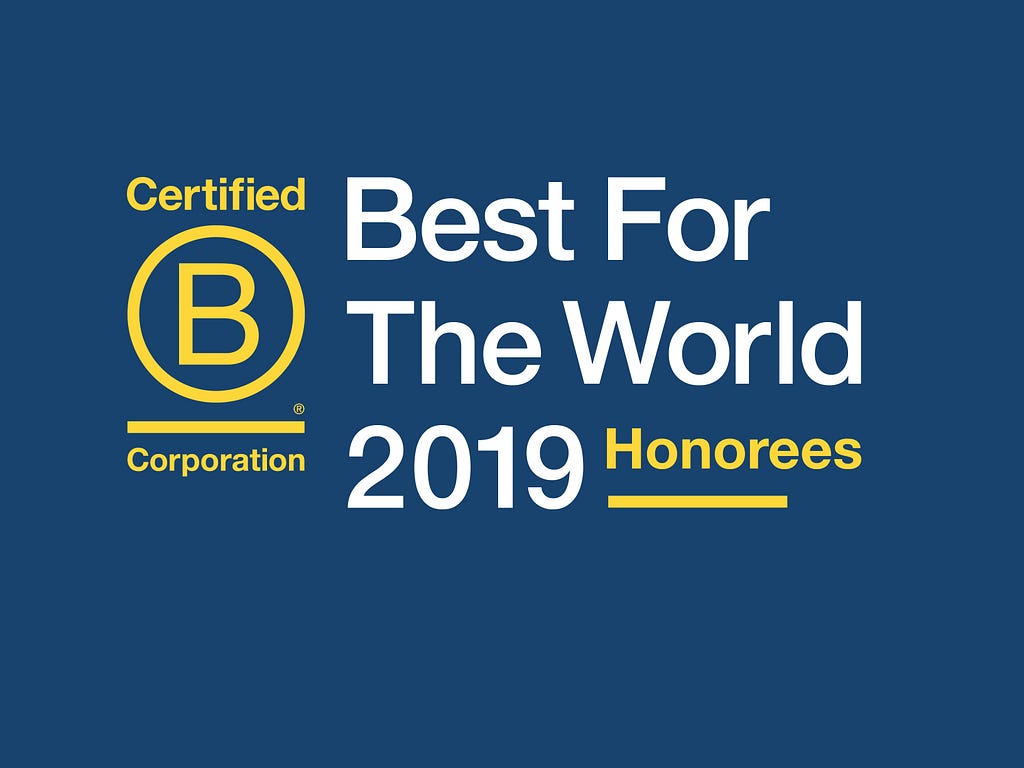
Mightybytes is a 2019 Best For The World Governance and Changemaker honoree. Best For The World B Corps are building a more inclusive, regenerative economy focused on having a positive impact for all stakeholders.
Messy May
We came to call the weeks following that fateful payroll conversation “Messy May.” To triage company wounds, we had to make important but difficult decisions quickly. We let go of a third of our staff, fired several problematic clients, and worked hard to reset a series of projects that threatened our financial health. The ripple effect on morale from these changes was palpably negative.
One of the last things our former CEO said to me was, “Maybe you should just close this down.” I was inclined to agree with her, but a few key things kept me from doing that:
- We had several new projects, including a big one for the Alliance for the Great Lakes, an organization that I admired deeply for years and was thrilled to finally call a client.
- The company was in deep debt, but declaring bankruptcy didn’t seem like a good option.
- I really didn’t want to be unemployed in my 50s, especially after 20+ years as an entrepreneur.
I fell into a deep depression during this time. The required business changes overwhelmed me physically and mentally. Regular panic attacks often crippled my ability to focus. I struggled with insomnia, averaging 4–5 hours of sleep per night. At first, I lost weight — chronic anxiety will do that. Then, as time passed, I gained nearly 30 pounds. Oh yeah, and I drank. Often.
Coming out of Messy May, three people — my partner (in life and, now, in business) Jeff and longtime friends Keith and Ethan — helped me figure a way out. After some lengthy conversations during that month, Jeff and I agreed to keep the company open, but with several guiding principles:
- We would get out of debt as quickly as possible.
- We would put every aspect of the business under a microscope. Whatever needed fixing would be redesigned.
- We would devise an exit plan.
We gave ourselves two years to meet these goals. Personally, it was hard not to feel trapped during this time, but if I was going to walk away, I wanted to do it on good terms. With that in mind — eyes wide open — we got to work.
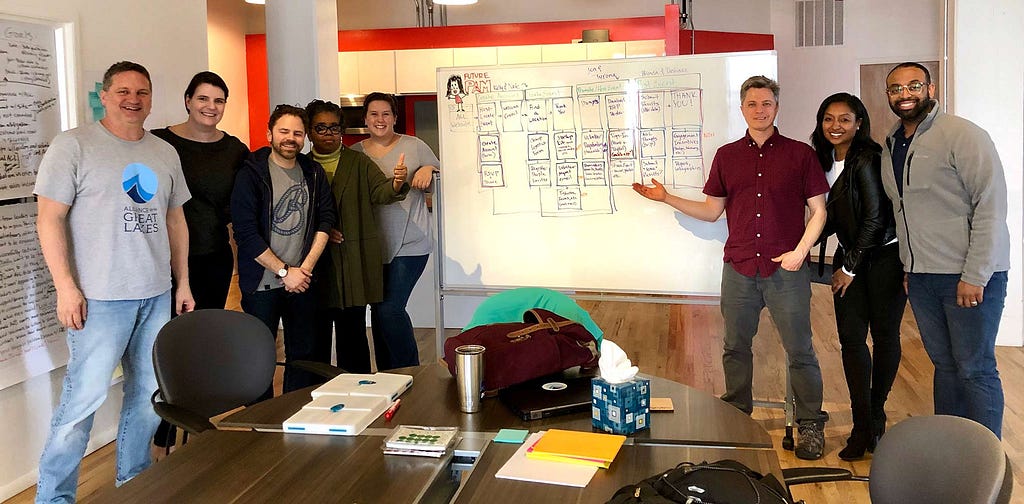
Redesigning a Business with B Corp Values
Mightybytes required more than just a governance makeover. It needed a full transformation to survive. As both a B Corp and public benefit corporation committed to using business as a force for good, could we make this transformation without losing our soul? How would we communicate these changes to our stakeholders so they understood that it was no longer business as usual? It’s one thing to include a Declaration of Interdependence in your bylaws or employee manual. It’s quite another to govern a company by these principles while still maintaining a healthy, prosperous business.
It would have been easy during this time to stop being a B Corp. In fact, some might say this is the obvious choice. Operating a mission-driven business with a legal requirement to create public good alongside pursuing profit adds an extra layer of complexity that is challenging during prosperous times, let alone when a company is in a state of crisis.
Abandoning our B Corp status was not the route I wanted to take, however. Running a B Corp gives me a deep sense of purpose and fuels a commitment to use my skills for good in the world. The B Corp community inspires me at every turn. This gave me hope, especially during those long nights spent staring at the ceiling. It kept me going during the darker times.
I also didn’t want to fall into the trap of a scarcity mindset which, given the circumstances, wasn’t easy. We were taking austerity measures, to be certain, but I knew these efforts would show eventual results. It was important to communicate that. As prolific spirituality author Thomas Merton once noted:
“If we attempt to act and do things for others or for the world without deepening our own self-understanding, our own freedom, integrity and capacity to love, we will not have anything to give to others. We will communicate nothing but the contagion of our own obsessions, our aggressiveness, our ego-centered ambitions.”
I decided to double down on our B Corp values, but with some conditions. We would redesign company practices with an eye on self-care first. As a for-profit company, any impact-driven initiatives required steady revenue for success. Otherwise, the transformation wouldn’t work. Without profit, no purpose. Without margins, no mission.
Here are some things we did to get Mightybytes running smoothly again:
Embracing Our Identity
B Lab started its Inclusive Economy Challenge around this time. Participating helped us better embrace our identity as a gay-owned company and a place where people could bring their whole selves to work. While I certainly wasn’t closeted prior to this, I also didn’t lead business conversations with my sexual orientation. I still don’t, but the two were mutually exclusive prior to this time.
We joined the LGBT Chamber of Commerce. We added website content to make our identity and values clear to anyone learning about Mightybytes for the first time. We also recruited a company advisory committee with women business leaders and LGBT representation.
Listening to the Data
As a veteran digital agency, Mightybytes has an analytics-friendly culture that makes data-informed decisions. However, in a world where you can track everything, it can be tempting to do just that. This can hinder a company’s ability to make sound business decisions. We whittled our measurement strategy to track only a few key business performance metrics.
Holding Stakeholders Accountable
No one likes to talk about accountability, yet no organization can operate without it. To make this transformation feasible, we held all company stakeholders, including ourselves, accountable. We mapped our entire business ecosystem, reevaluating relationships based on several criteria:
- Was the relationship financially beneficial?
- Did the relationship provide mutual value beyond just fiscal means, as in the case of strategic partnerships, industry associations, long-term clients, and so on?
- Could this non-monetary value justify continuing the relationship? Did those relationships otherwise meaningfully contribute to sustaining the company’s long-term viability?
This process included our clients, employees, contractors, and anyone with whom the company interacted. It meant saying “no” more than we were used to. Some stakeholders stepped up, and our relationships are stronger to this day. Others moved on. This process helped us stay focused.
Delving Deeper into Design Thinking
There’s a reason people say that “we have always done it that way” are the seven most dangerous words in business. After 18 years, our over-engineered processes and time-worn services were long overdue for a redesign. We employed Design Thinking methods for some, which yielded better results. Through collaboration and team workshops, we experimented with new services and tried different approaches while streamlining existing practices and dumping anything that didn’t work. Collaboration and continuous learning are the cornerstones of our practice to this day.
Optimizing Profitability
Clients call us for advice and simple requests all the time. Sometimes, it’s just easier to make a quick fix or answer a question than run a full change request process. Tracking these requests, however, revealed an annual cost of well over $80,000. We had to stop leaving money on the table.
We crafted new, cost-effective retainer packages at reduced rates, which help clients get needs met quickly while also providing a stable source of regular revenue, something RFPs and our project-based work could never do.
Communicating Differently
Finally — and this is probably the most critical point in our company turnaround — we began communicating differently with our stakeholders. While we made it clear that anyone could ask questions of us at any time about any company data, there is such a thing as too much transparency. Sharing bad financial news, for example, when the company overall is in good standing causes unnecessary stress. That serves no one. We created more clarity around how we communicate our story, to whom, and why it matters.
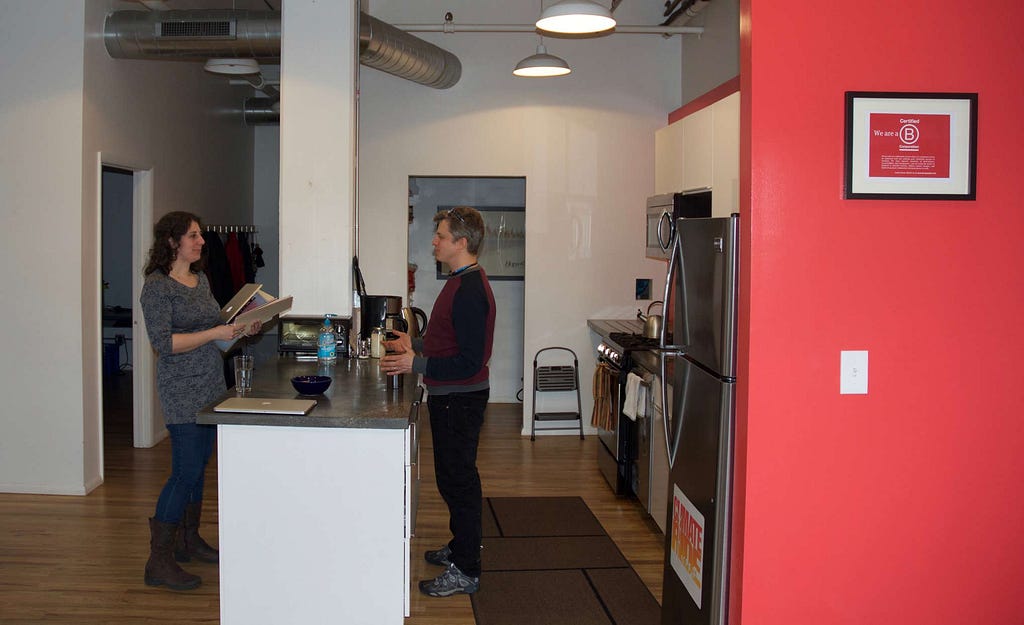
Seeing a Future
It took 13 months to get out of debt. Redesigning our business practices took at least as long, if not more. Eventually, things leveled out. Operations ran more smoothly and, over time, Mightybytes became a different company. We reaped the benefits too. Consistent profit and our highest B Corp score yet gave us the drive and resources needed to accomplish some good impact goals:
- In 2017, we paid end-of-year bonuses to all staff for the first time in years and have continued to do so annually. We also had our second-highest annual revenue ever that year.
- Through our 1% for the Planet membership, we have given more to charity than ever.
- We earned Best For The World recognition for Governance in 2017, 2018, and 2019.
The two years we gave ourselves to fix the business came and went. Somewhere, in the midst of it all, I started enjoying work again. Achieving our goals helped me find better work-life balance, and I’m now in better shape than I’ve been in years. It is good to see things move toward health and prosperity on all fronts.
While I certainly would have preferred to learn them another way, lessons from Messy May proved invaluable. Drawing from these lessons and our experience in sustainable design, we’re crafting new services to help other companies build more inclusive and regenerative practices as well. More on that in 2020.
One thing fell through the cracks. We were so busy redesigning the business that we never got around to devising an exit strategy. Then, earlier this year, I got an offer on the company. The potential buyers were wonderful, and it might have been a good fit, but the seven-month negotiation process let me see my business in a new light. Despite how desperately I wanted out just a few years prior, I turned down the offer. Now into our third decade, so begins a new chapter at Mightybytes.
We learned many valuable lessons during our time redesigning a decades-old business. Some were personal: I now better understand the role I played in enabling broken systems within my business. Other lessons, like those noted above, helped us create a better-governed, profitable company worthy of Best For The World recognition three years running. Hopefully others can learn from these lessons as well.
In her TEDx Talk, author and educator Nadya Zhexembayeva notes that because of ongoing disruption, the average company must now reinvent itself every three and a half years. At the Industrial Revolution’s peak, this typically occurred every 75 years. With my experience these past few years and better appreciation for good governance practices, I’m not only ready for that change, I look forward to it. How about you?
B the Change gathers and shares the voices from within the movement of people using business as a force for good and the community of Certified B Corporations. The opinions expressed do not necessarily reflect those of the nonprofit B Lab.
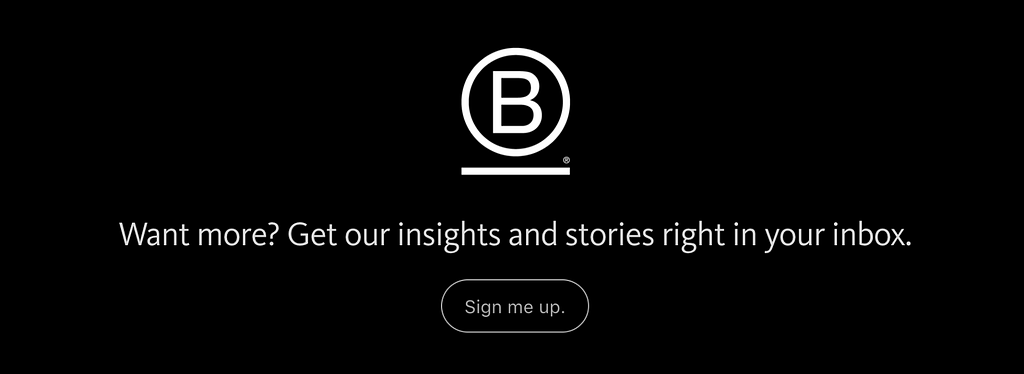
Triple Bottomed Out: How I Learned to Stop Worrying and Love My Company Again was originally published in B the Change on Medium, where people are continuing the conversation by highlighting and responding to this story.